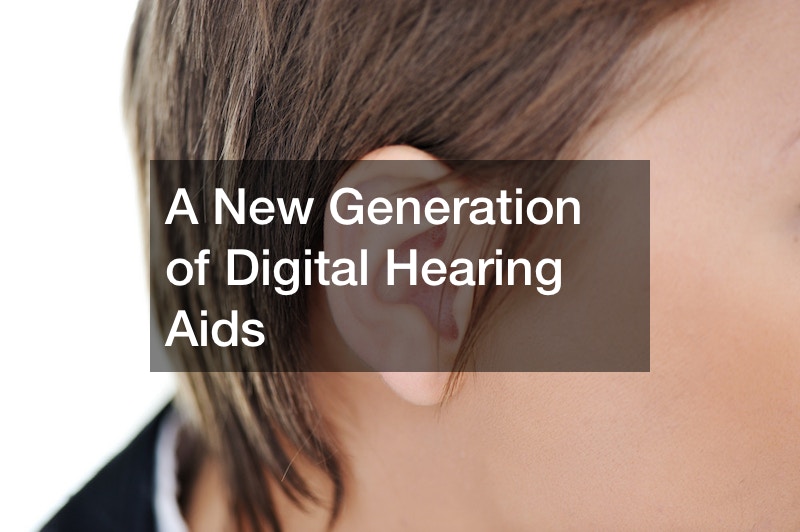
Healthcare, and the concept of modern medicine, is nothing but a benefit to a modern society. We’ve learned to keep our bodies, and minds, in near peak physical condition by the judicious use of technology and medicine where appropriate. It isn’t simply a matter of luck or chance, either, that our world has come so much to rely on modern medical technology. For a long time throughout history, in fact most of history, medicine was little more than a superstitious effort to try and make sense of problems and ailments in the body that were beyond anyone’s true understanding. For example, take the idea of the humors, a concept that started off in ancient Greece and moved on to influence much of western medical thought for an off and on intervening ten centuries. It was based on a rather quasi mystical understanding of the body and the various spirits and powers that lived within it and influenced the different systems that kept it running. It dictated everything from when families should have new children to whether kings were fit to continue ruling their countries. The humors were a big deal, once, and elements of that false understanding still carry in some modern day quackery. Even quackery isn’t the right word because there simply was no better understanding at the time of what happens in the body and how it affects the different organ systems. But how did this happen and what does it mean? How did we get to this point in medical history and where might we be going next? The answers might surprise you.
Medical Clinics Throughout History
Starting near the mid eighteen hundreds, we can definitively say they was no such thing as sports physicals or the walk in clinic, there were no urgent care clinics or anything of the like. If you were sick of injured, you could hire a doctor who would come to your home. That is, if you had enough money. Otherwise, if you were poor or middle class, you were pretty much on your own from the get go. You didn’t have the option of an urgent care clinic or otherwise. There were public hospitals, of course, that did their best but they weren’t always amazing and some of them were downright cruel or dangerous back then. If you could afford them you were lucky and those who made it out with some later sickness were even luckier. This wasn’t exactly the dark ages for medicine, anesthetic, at least crude anesthetic, was available, but it was close. The best pain relief you would be able to get in this era was a glass of brandy and a pat on the back.
Clinics in the Twentieth Century
Fast forward to the mid twentieth century and medical clinics were beginning to look a lot different. They were cleaner, for one, with most doctors having finally learned about germ theory and accepting that it was fully true. The notion of humors, or the differing concepts of humors that had dominated medical thought since the early ages, was finally being replaced by an understanding of microbial ecosystems and the like. With this new hygiene came facilities that were better equipped to deal with mass influxes of people such as the large groups of soldiers that needed care during World War 1 and eventually World War 2. Penicillin, the modern day splint, all of these things were invented and used in hospitals and clinics during this time and as a result more and more people started longer and longer lives.
Urgent Care Clinics Today and in the Future
Nowadays, urgent care clinics are all over and most offer medical technologies and services that were unthinkable just a few centuries ago or even fifty years ago. There are CAT machines that will scan right to your core and vaccinations for children that prevent polio and all sorts of diseases. The medical ecosystem and the urgent care clinic certainly have evolved but what’s next for the healthcare industry? What big things await in the future and how many people will be saved? We will just have to wait, watch and find out.
